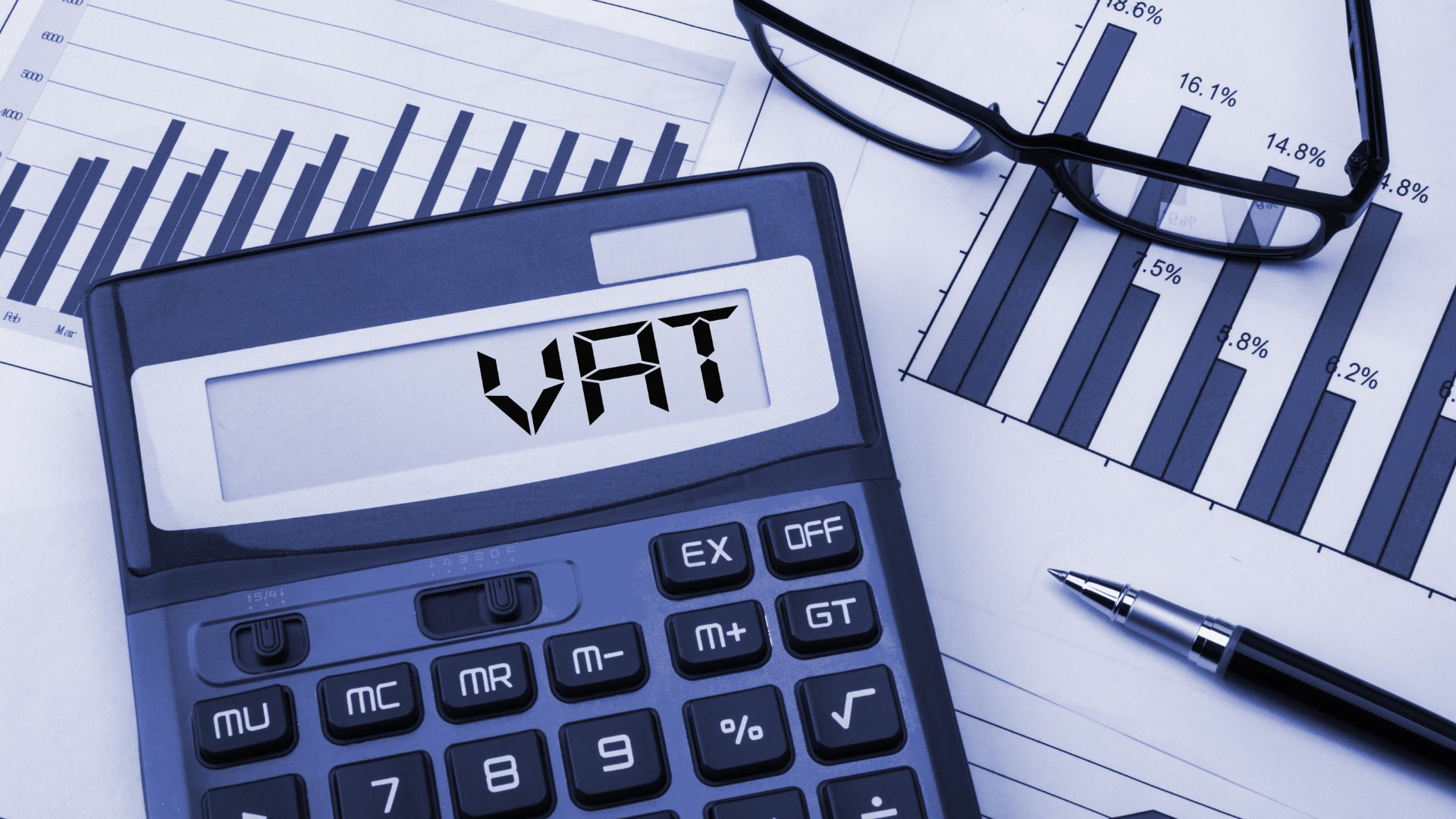Value Added tax (VAT) is a type of tax, is an essential element of any financial transaction for UK businesses. Understanding how to file a VAT return is essential for companies registered for VAT with HMRC. This complete guide will assist companies navigate the financial world by offering valuable information about the process of filing VAT returns.

What is VAT and Why Do I Need to Know?
VAT, or Value Added Tax is a tax on consumption imposed on the sale of products and services. If your business is VAT-registered, it means that you have to pay VAT on the sale of your goods or services. It is necessary to pay your clients VAT and pay it back HMRC and give your clients a receipt or invoice that states the amount of VAT included in the transaction. When you purchase items and receive VAT invoice indicating the amount of VAT included in the transaction. Keep accurate records to be in a position to claim the VAT back from HMRC.
The Essentials of VAT Returns
One of the primary obligations for companies registered with VAT is submitting regular VAT returns with HMRC. The VAT return is a summary of the transactions and purchases of an organization during a certain time. Businesses may use it to report the tax they received from their customers and the amount they paid themselves. This process is typically performed on a quarter-by-quarter basis.
How to submit a VAT return: Step-by step guide
1. Be aware of Your VAT Period: It’s essential to know the VAT period prior to completing the filing process. Companies in the UK generally file their VAT tax returns every three months. Ensure you have a clear grasp of the start and end dates for your VAT period.
2. Compile Purchase and Sales Information Gather all relevant information on your purchases and sales during the VAT period. This includes sales invoices sent to customers, purchase invoices received from suppliers, and any other financial records pertinent to the transaction.
3. Calculate the output tax: Output taxes are the VAT that you added to the price of your clients. Add up all the VAT you imposed on your sales to calculate the total output tax.
4. Input tax is calculated by adding up the VAT charged on all your purchases during the period of VAT. Add the VAT on all of your purchases to determine total tax on inputs.
5. Fill out the VAT Return Form With the information gathered, complete the VAT return form that is provided by HMRC. The form has sections that show the total value of your sales and purchases, and output tax and input tax.
6. HMRC must receive the VAT return by the time stipulated. The submission process can be completed on the internet using the HMRC’s Making Tax Digital (MTD) service. It’s a fast and efficient way to fulfill your VAT obligations.
Common Errors to Avoid
If you are late in making your VAT tax return, penalties could be in place. The late filing of your VAT return can have negative financial penalties for your business.
Incorrect information: Make sure you review all of the details on your tax returns for accuracy. Incorrect figures or calculations can cause discrepancies and sometimes even issues with HMRC.
Businesses are entitled to claim the VAT they paid on certain purchases. Make sure you are aware of the tax that you can reclaim, as this can have a significant impact on your overall VAT liability.
Conclusion
The process of navigating the world of VAT returns is an important element of financial management for businesses operating in the UK. Knowing how to submit a VAT return, the intricacies of VAT returns and utilizing a comprehensive VAT return guide are essential for maintaining financial compliance and making sure that your business runs smoothly. your business.
Businesses should be able to approach VAT returns with precision and vigilance. Understanding the process while avoiding blunders and making the most of the resources available will help businesses streamline their VAT requirements. This can contribute to security of finances and regulatory compliance. It doesn’t matter if you’re a seasoned business owner or a novice to the VAT industry, being proactive and informed about VAT returns can ensure solid financial security for your company.